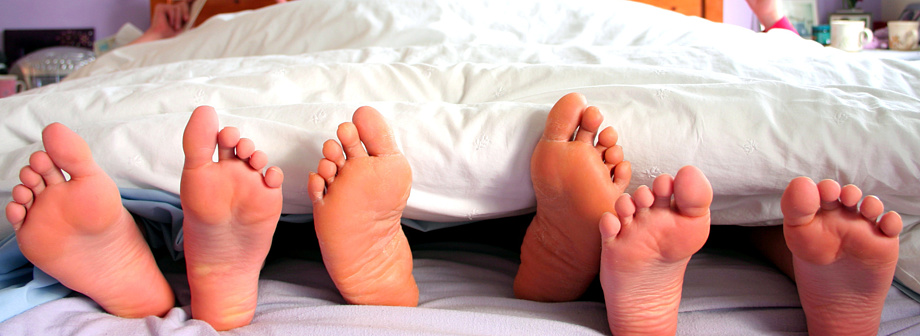
Ingrown Toenails
What is an ingrown toenail?
An ingrown toenail is a common condition that can affect any of the nails, though it most often occurs in the big toe. It can occur at any age but is more common in children and young adults. A true ingrown nail, also known as onychocryptosis, is where a spike or serrated edge of nail has broken the skin causing an infection. The toe becomes red, swollen and painful. Sometimes more than one side of the nail can be infected at the same time. It is important to get this seen by a Podiatrist as soon as possible.
What are the causes?
-
Nail Shape: Some people are naturally more prone to ingrown toenails due to the shape of the nail. A broad nail that fans out at the sides or a nail that curves in at the sides is often an indication that an ingrown toenail is more likely.
-
Foot Shape: If you have a big toe that curls up at the end this may put pressure on the nail as the toe presses on the top of the shoe.
-
Poor Footwear: Wearing shoes that cause pressure to the end of your toe can cause the nail to be pushed into the skin.
-
Poor Nail Cutting: Cutting down the side/s of a toenail too much, or cutting your toenails and leaving a spike behind are both very common causes.
-
Biomechanics: If your foot rolls in too much as you walk, this might cause you to put excess pressure on the side of the big toe as you push off, placing undue pressure on the edge of the nail, which then causes the nail to cut into the skin.
-
Excessively sweaty feet.
Should this be treated?
- It is advisable to see a Podiatrist. You should not attempt to treat the problem yourself as this could make matters worse. It is important to have an ingrown toenail correctly diagnosed and early treatment is always better.
- Remember, there are several reasons why your nail might be hurting, it could be relatively easy to resolve if caught early.
- If the toe appears infected then you might need antibiotics. At Bushey Foot Clinic we can administer antibiotics or you could also visit your GP. Remember that antibiotics will only treat the infection and will not cure the ingrown toenail.
What does treatment involve?
- Routine care involves gently removing the piece of nail that is growing in. The toenail can then be packed and dressed. Advice is given on the best way to prevent further problems.
- If the nail does not respond to routine treatment then a small procedure can be performed under local anaesthetic, permanently removing the side of the toenail that is growing in. This should prevent any reoccurrence of the problem.

